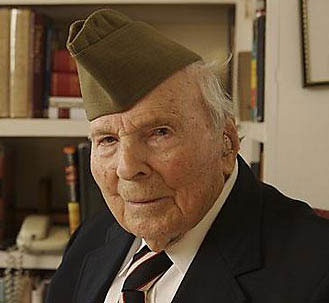Written by: LTJG Stephanie Young
With contributions from LTJG Ryan White
This Compass series chronicles the first 14 heroes the Sentinel-class Fast Response Cutters have been named for. These men and women, who stood the watch before us, lived extraordinary lives as they lit the way for sailors in times past, braved gunfire in times of war and rescued those in peril at sea. As Coast Guard heroes, their stories are a constant reminder of our service’s legacy. As the namesake of the Coast Guard’s newest patrol boats, they will inspire the next generation of Coast Guard heroes.
In the spring of 1879 a raging snowstorm blanketed the shores of the
Northeastern United States. The perilous seas and weather caused a three-masted schooner to wreck on the shores of
Cape Cod, Mass. Issac Mayo, a junior surfman at Life-Saving Station 7, displayed exemplary character during the disarray as he and his crew faced the storm to rescue the schooner’s sailors. In moments of chaos, Mayo was a leader and a hero.
On
April 4, 1879, the three-masted schooner Sarah J. Fort was caught in the snowstorm and wrecked across the beaches of
Cape Cod. A rescue boat head out, but with the heavy snowfall and darkness still looming, they could not reach the schooner. Mayo’s fellow surfmen worked tirelessly to get to the wreckage, but they could not reach the schooner and two sailors fell into the sea from exhaustion and perished.
The heavy seas and snow continued to build and buried the schooner causing the main and mizzenmasts to fall. The schooner’s remaining crew huddled together in the only part of the ship still in tact, the port bow. Another attempt to reach the vessel with a surfboat became possible when the tide went out, but the original rescue crew was too fatigued.
Mayo stepped in to lead the relief crew for the second rescue attempt and his boat launched but was forced to go back to the beach after it became filled with water. A second launch was made and the boat cleared the first breaker. As the boat went over the second set of breakers, Mayo and his crew were thrown from the surfboat, which was now broken beyond repair.
Mayo and his fellow surfmen could not fail, and another surfboat was brought to the beach. Mayo assumed command of the smaller boat, and chose a crew of fresh men, some from neighboring stations and some town volunteers.
Mayo navigated the boat through the violent seas and the mass of debris from the wreck and finally, after multiple attempts, was able to reach the Sarah J. Fort. The four survivors were brought aboard the surfboat and with Mayo captaining the boat, brought the rescued sailors were brought safely to shore.
There is no doubt that Mayo’s exemplary surfman skills shined the day he saved the Sarah J. Fort’s sailors and for his leadership throughout the challenging rescue, Mayo was awarded the Gold Lifesaving Medal on November 10, 1879.
A special place in the Coast Guard’s history
Chief Brian Guarino is the current Officer in Charge of a Coast Guard Station on the
Cape, Station Woods Hole. His crews experience the same elements and hazards of the surfmen at Station 7, and he is constantly in awe of the surfmen in times past.
“These heroes of the surf did with wooden boat and oar what we do today with twin props and rudder,” said Guarino. “They did with oilskin and kapok what we do with dry suits and gore-tex. The weather was just as foul in
Chatham and
Provincetown then as it is now. The water of
Woods Hole Pass was just as swift and cold then as now. They did with stars and compass azimuth what we do with gadgets and gizmos.”
Today, as in the past, Coast Guard men and women continue to operate in the unforgiving surf and on the shifting seas to save those whose lives are in peril.
“The Coast Guard has the privilege to live out a proud set of core values every day, and upon a visit to Plymouth, Provincetown, Chatham, or the Islands of Cape Cod, one can see not only the pride of the Guardians in their stations, but they can see the tradition kept secured in the old station houses as well,” said Guarino. “Our proud people have always led this tradition of excellence in one of the more unforgiving areas to conduct our business and we continue to honor their memories and strive each day for excellence in our missions.”











